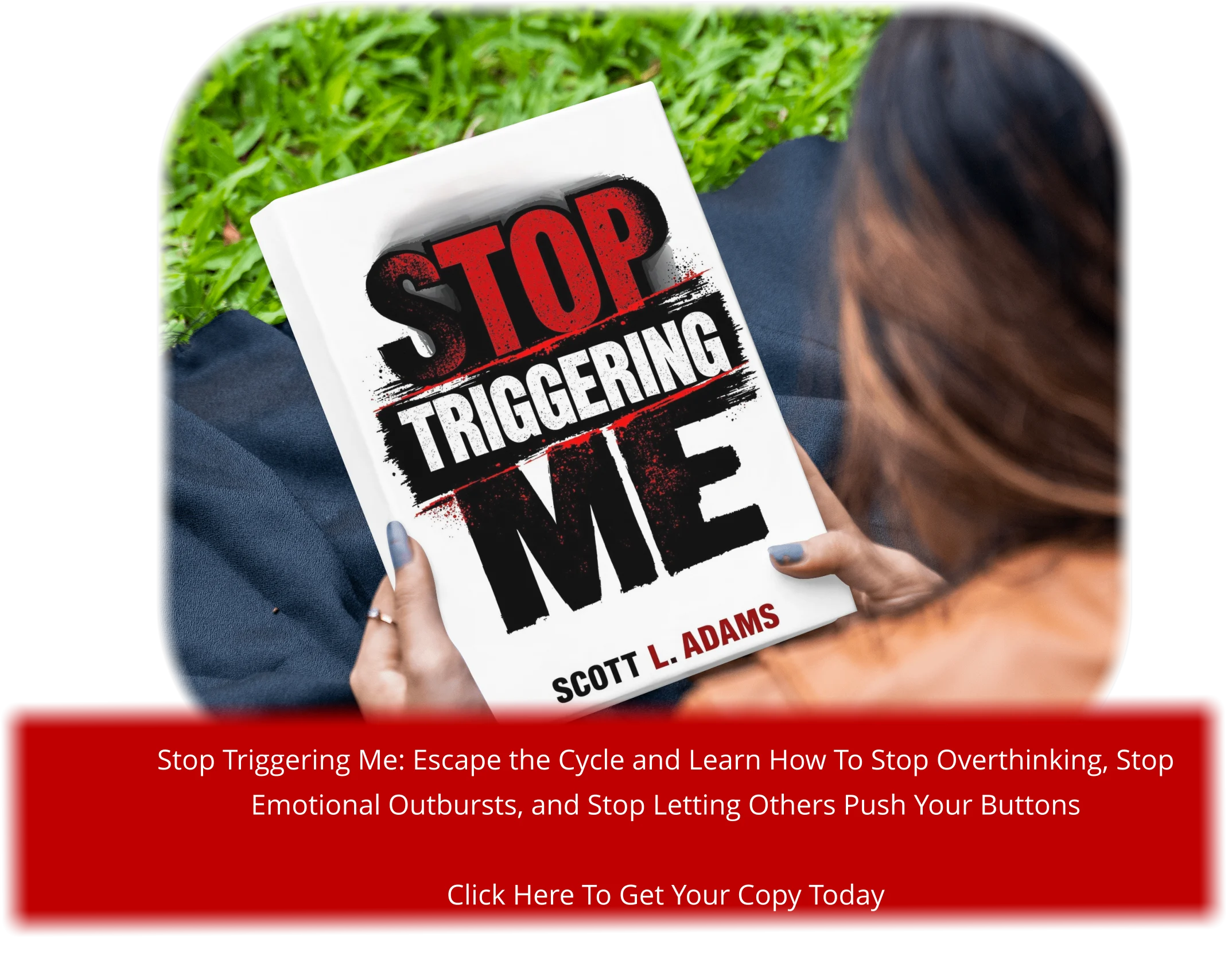Did you know that the average person spends about 25% of their waking hours on devices? This staggering statistic highlights the profound impact technology has on our daily lives. Researchers have found that taking a break from the internet on smartphones for just two weeks can lead to significant improvements in mental well-being, with 91% of participants reporting they felt better after the digital detox.
I’ve noticed how our constant connection to digital devices has become both a blessing and a burden, affecting our mental well-being in ways we’re still discovering. As we navigate this hyper-connected world, it’s becoming clear that reducing screen time is crucial for maintaining good mental health.
Key Takeaways
- Reducing screen time can lead to improved mental well-being
- A digital detox can help alleviate anxiety and improve sleep quality
- Setting boundaries with technology is essential for maintaining good mental health
- Practical strategies can help you break the cycle of digital dependence
- Creating a healthier relationship with technology is achievable with the right approach
Understanding Digital Detox and Its Importance
As we navigate our daily lives surrounded by technology, it’s essential to understand the concept of digital detox. In an era where our lives are deeply intertwined with digital devices, taking a step back to assess our relationship with technology is crucial for our mental health.
What Is a Digital Detox?
A digital detox is a period during which an individual abstains from using digital devices such as smartphones, computers, and televisions. It’s a conscious decision to disconnect from the digital world to reduce stress and improve mental well-being. By doing so, individuals can reclaim their time and focus on real-life interactions, leading to a healthier relationship with technology.
The Growing Problem of Digital Dependence
Our dependence on digital technology has grown exponentially over the years, with many of us experiencing anxiety when we’re without our devices. This dependence affects not just our personal lives but also our work and social dynamics. As noted by experts, “The constant availability of information has changed not just what we do but how we think.”
How Technology Affects Our Daily Lives
Technology shapes how we work, communicate, shop, entertain ourselves, and navigate our environments. However, it’s also altered our capacity for deep focus, replacing it with continuous partial attention as we juggle multiple digital inputs. To maintain a healthy balance, it’s vital to assess both the benefits and costs of technology to our mental health and overall quality of life.
By understanding the impact of technology on our lives, we can begin to make conscious choices about our digital habits, ultimately leading to a more balanced and healthier life.
The Impact of Excessive Screen Time on Mental Health
The relationship between screen time and mental health is complex, and understanding this connection is crucial for our well-being. As I’ve witnessed in my own life and in the lives of others, excessive screen time can have a profound impact on our mental health.
Stress, Anxiety, and Digital Overwhelm
Excessive screen time can lead to increased stress and anxiety levels due to the constant bombardment of information and the pressure to be constantly connected. I’ve seen how this can lead to feelings of overwhelm, making it difficult to disconnect and relax. Research has shown that taking breaks from digital devices can significantly reduce stress and anxiety levels.
Sleep Disruption and Its Mental Health Consequences
The blue light emitted by digital devices can disrupt our sleep patterns, leading to insomnia and other sleep-related problems. Sleep disruption can have severe consequences for our mental health, including increased symptoms of depression and anxiety. I’ve found that establishing a consistent sleep routine and avoiding screens before bedtime can significantly improve sleep quality.
Social Media and Self-Comparison Issues
Social media use is a significant contributor to the negative effects of excessive screen time on mental health. I’ve witnessed how social media creates a uniquely harmful environment for mental health through social comparison – the tendency to measure our lives against the curated highlights we see online. This can lead to feelings of inadequacy and low self-esteem, as well as a sense of isolation and loneliness. Research has shown that taking breaks from social media can lead to significant improvements in mental health.
Some of the negative effects of social media on mental health include:
- increased feelings of loneliness and isolation despite being connected to others;
- constant comparison and decreased self-esteem;
- a sense of digital overwhelm and anxiety.
By being aware of these risks and taking steps to mitigate them, we can reduce the negative impact of social media on our mental health.
Benefits of Digital Detox and Mental Health Improvements
A digital detox offers a chance to reboot our lives, reducing stress and anxiety while enhancing our mental health. By taking a break from our devices, we can experience a range of benefits that improve our overall well-being.
Reduced Stress and Anxiety Levels
One of the primary benefits of a digital detox is the reduction in stress and anxiety levels. Constantly being connected can lead to feelings of overwhelm, which can be alleviated by taking time away from our screens. Research has shown that digital detox can lead to a decrease in cortisol levels, the hormone associated with stress.
Enhanced Focus and Productivity
A digital detox can also improve our focus and productivity. Without the constant distractions of notifications and social media, we can concentrate on tasks more effectively. This can lead to greater efficiency in our work and personal lives.
Improved Sleep Quality
Another significant benefit of a digital detox is improved sleep quality. The blue light emitted by our devices can interfere with our sleep patterns, making it harder to fall asleep. By avoiding screens before bedtime, we can improve our sleep hygiene.
Stronger Real-Life Relationships
A digital detox encourages us to be more present in our daily lives, fostering deeper connections with family and friends. By putting down our devices, we become more engaged with the people around us, leading to stronger, more meaningful relationships. Some key benefits include:
- Increased quality time with loved ones
- More meaningful conversations and shared experiences
- A greater sense of community and connection
By incorporating digital detox into our lives, we can experience these benefits firsthand, leading to improved mental health and a more balanced life.
Practical Steps to Implement Your Digital Detox
A successful digital detox involves more than just putting down your device; it requires a well-planned strategy. To help you get started, I’ve outlined some practical steps that can make a significant difference in your journey towards reducing screen time.
Assessing Your Current Digital Habits
Begin by understanding your current digital habits. Track how much time you spend on your devices and identify the apps or activities that consume most of your time. This self-assessment will help you pinpoint areas where you need to make changes.
Setting Clear Boundaries and Goals
Setting clear boundaries and goals is crucial for a successful digital detox. Decide on specific times when you will be device-free, such as during meals or before bed. Set realistic goals, like reducing your screen time by a certain amount each day, and stick to them.
Creating Tech-Free Zones and Times
Designate certain areas or times as tech-free. For example, make your bedroom or dining table a device-free zone. Establishing these boundaries will help you disconnect from your devices and reduce screen time.
Managing Notifications and Adding “Friction”
Managing notifications is key to minimizing distractions. Turn off non-essential notifications, and consider using apps that help you stay focused. Adding “friction” by using website blockers or apps that track and limit your screen time can also be effective.
Alternative Activities to Replace Screen Time
Plan alternative activities to fill the time you would normally spend on screens. Engage in physical activities like walking, yoga, or sports, which not only provide a screen alternative but also release endorphins that improve your mood. You can also try creative pursuits like cooking, gardening, drawing, or playing an instrument, creating a state of “flow” beneficial for mental health. Additionally, social alternatives like meeting friends for coffee, joining a club, or volunteering can create meaningful connections that counter the isolation from excessive screen time.
As Ward says, “It’s not that you stop using the internet and magically you just feel better.” What makes a difference is engaging in healthy behaviors. People who undergo digital detox often report spending more time in nature, socializing, and doing hobbies, leading to better sleep and feeling more socially connected.
To make the transition smoother, create a physical list of screen-free activities you enjoy and post it somewhere visible. When the urge to reach for your device strikes, having immediate reminders of alternatives makes the transition much easier.
Maintaining a Healthy Digital Balance Long-Term
After completing a digital detox, the real challenge begins: sustaining the positive changes you’ve made. I’ve found that the key to maintaining digital balance long-term isn’t perfection but consistency. It’s about creating sustainable habits that work with your lifestyle rather than attempting extreme restrictions that inevitably fail.
To achieve this, consider incorporating regular “mini-detoxes” into your routine, such as screen-free weekends or device-free evenings. Creating environmental supports for your digital boundaries can also be helpful – like charging your phone outside the bedroom or using physical alarm clocks. By being transparent with friends, family, and colleagues about your boundaries, you can maintain them and inspire others to reevaluate their relationship with technology.
Maintaining digital balance is a journey, not a destination. It’s about putting technology in its proper place – as a tool that serves your wellbeing and values. By adopting a “digital nutrition” approach and being selective about the content you consume, you can make intentional choices about your digital habits. Approach digital balance with self-compassion, and remember that it’s okay to adjust your boundaries as needed.









